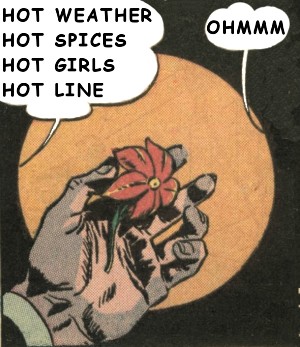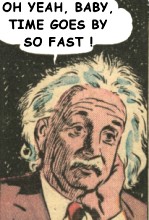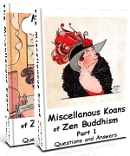Ancient History of India - Summary
Zen Riddle #7-counting
Count the stars in Heaven. Tell me their number!
Here's the answer....(Show/Hide)
Want more riddles? Choose one!
#9-wading #10-birds #12-stone mumonkan
The ancient history of India is a chaotic mix of fantasies, believes and facts drawn from ancient Indian sources, their interpretations and recent research. This mess needs to be sorted out critically.
Until the early 19th century the first 60,000 years of ancient India were ignored.
But 4,000 years ago a new age of ancient Indian history began, identical with the contents of the Vedas.
These hymns from ancient times praise Aryan fighter living in their Indian homeland since unthinkable centuries.
They first defeated archaic tribes. Afterwards Aryan-India became the cradle of European civilisation.

Incredible India
These stories are still popular in traditional India.
They are used to legitimate today's cast system and add to Indian patriotism.
A pre-Aryan civilisation in the Indus valley discovered in the early 20th century already challenged these believes about the ancient history of India..
When genetic analysis became available in late 20th century the old picture collapsed.
The rather late migration of Aryans into India (from the late second Millennium onwards) became undeniable.
Despite these facts some Indian scientists still try to defend the traditional Aryan stories and dominance.
But the interpretation of genetic data only from India can result in quite ancient, even racist ideas....

We are the Champions
...about the origins of tribal Indians living on the Andaman Islands.
A broader view of recent genetic date from the whole of Asia and the Middle East shows a different picture:
...the human migration from Africa into India happened much earlier as previously thought.
...the ancient history of India began already 50,000 years before the first Indo-Aryans arrived in the Indus Valley.
Stephen Oppenheimer with his site Journey of Mankind, combines various scientific findings for his reconstruction of the initial humans' journey around the world
- stone age demographics
- data from recent archaeological re-dating of ancient Asian sites
- results of widespread genetic samples
- and environmental data.

Prehistoric Traveller
...how modern humans came out of Africa and
...how they spread around the planet.
In his scenario India plays an important role.
Oppenheimer's site is the main source for my detailed stories about India's first 60.000 years and the ancient history of India from 4,000 BC onwards.
Most of Oppenheimer's pages refer to the earliest human migration.
-
How the very first modern humans came to India, 75,000 to 85,000 years ago.
"We get a compelling story of beachcombers multiplying until their patch of beach could support them no longer, then moving on to the next unexploited beach, and so on."
"By such rapid progression, once over the Red Sea the vanguard would just have followed the coast of the Indian Ocean, eating their way right down to Indonesia within 10,000 years." -
How the first Indian population was made extinct by Mt. Toba volcano, 74,000 years ago.
"This mega-bang caused a prolonged world-wide nuclear winter and released ash in a huge plume."
Bye, Bye Happiness
"It spread to the north-west and covered India, Pakistan, and the Gulf region in a blanket of one to five meters (three to fifteen feet) deep."
"... India may have suffered mass extinction." -
The recovery of the India's population between 73,000 and 50.000 years ago.
"The bulk of Indian (genetic) subgroups of M and R are unique to the subcontinent (and) paradoxically younger than elsewhere in East Asia and Australasia."
"This is what we would expect for a recovery from a great disaster. The oldest of these local (genetic) lines have been dated to around 73,000 years ago." -
The long isolation in the ancient history of India during the last ice-age 45,000 to 12,000 years ago.
"South of the Eurasian mammoth steppe lay an extensive zone of drier conditions, indeed parts of the Sahara, the Near East and India became almost arid, forcing their populations along permanent water courses such as the Nile."
-
How agriculture came to northern India before 6,000 years ago.
"By the end of the Neolithic in south western Asia, about 6000 years ago, agriculture had spread west and east into Europe, northern Africa and central and southern Asia, where new domesticates were added to the growing repertoire of crops."

here we are
For later centuries of ancient India history different sources have to be used.
Information about the Indus Valley civilization and about the origin and migration of Indo-Europeans (Aryans) into the Indus and Ganges Valley are quite reliable on wikipedia.

coming, coming, yes we're coming

up up and away
External information about Buddhism in India, its social context, rise and impact on the Vedic culture is provided in the more detail at History of Buddha and Buddhism History.
Return to Zen Buddhism Home
from ancient history of India
Return to Ancient India 60,000 years ago
Return to Ancient India 4,000 years ago



